Some will claim mashed potatoes and gravy are the culinary king and queen of Thanksgiving. Others go gaga for green bean casserole. And many will fight for hours over whether it’s called stuffing or dressing and whether it should be stuffed into the bird or baked separately in a dish.
Regardless of your preference, there are five scrumptious Thanksgiving dishes that rein supreme. None were served on the original Thanksgiving in 1621 when Native Americans and pilgrims broke bread for the first time on Plymouth Rock—but neither was bread, so, put that in your turkey and stuff it.
What makes these dishes the best is not their flavor, though all five are equally finger-licking delicious, but that they are the most American in terms of their history. Ever wonder why we eat turkey (and why it takes SO long to cook)? Cranberry sauce? Or why pumpkin (sorry pecan) is Thanksgiving’s quintessential Thanksgiving pie?
Read on and make sure to SHARE with all the people who will be sitting at your Thanksgiving table this year.
Turkey
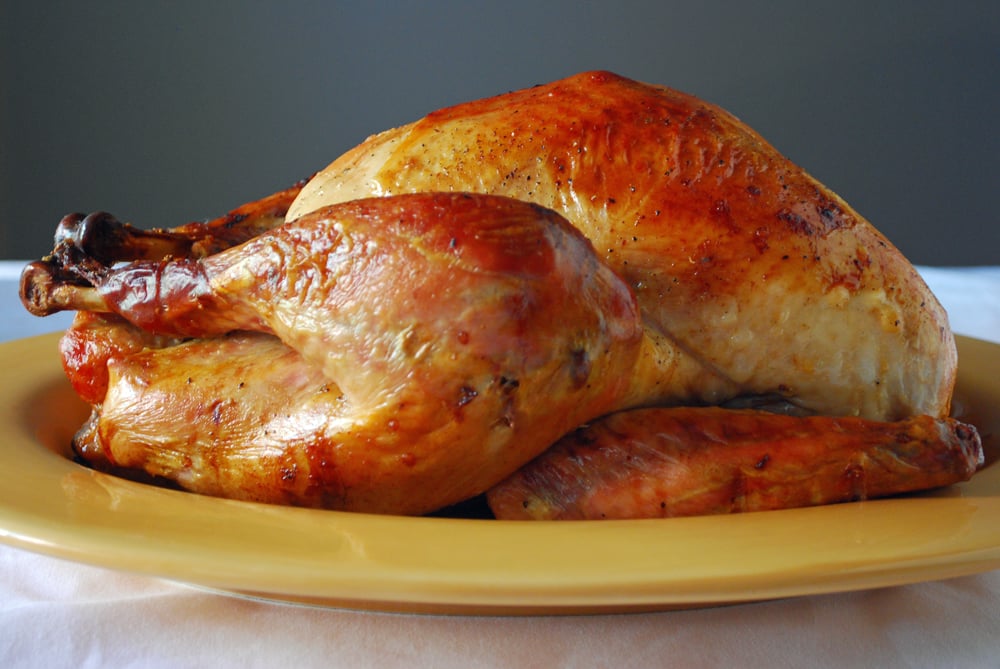
Though there is no official account of turkey being served on the original Thanksgiving in 1621, it is America’s first comfort food. The main dish on our nation’s favorite pig-out day acted a soothing piece of home for the English settlers. The Spanish discovered turkey and the New World around the same time, being that the bird is native to America, and brought the tasty fowl back to Europe. So, by the time pilgrims landed on Plymouth Rock, the English had been enjoying the meaty gobbler for decades. Due to its availability and reminder of home, turkey became a big part of America’s diet, and soon a Thanksgiving staple.
Cranberry Sauce
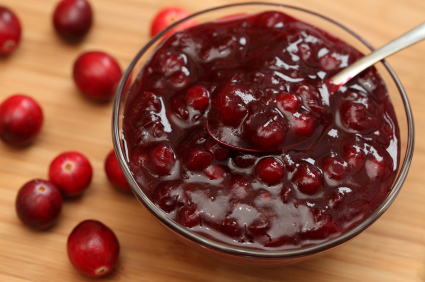
Cranberries are native to America. In fact, Native Americans used the berry to preserve dried meat during long winters. But cranberry sauce definitely wasn’t present at the first Thanksgiving. Why? You need sugar to make the tart garnish and importing sugar to America back in 1621 was a rare luxury. Yet, once sugar became available in the late half of the 17th century, Americans soon began to make sauces with the readily available native berry. Soon after, cranberry sauce became a popular accompaniment for turkey.
Sweet Potatoes With Marshmallows
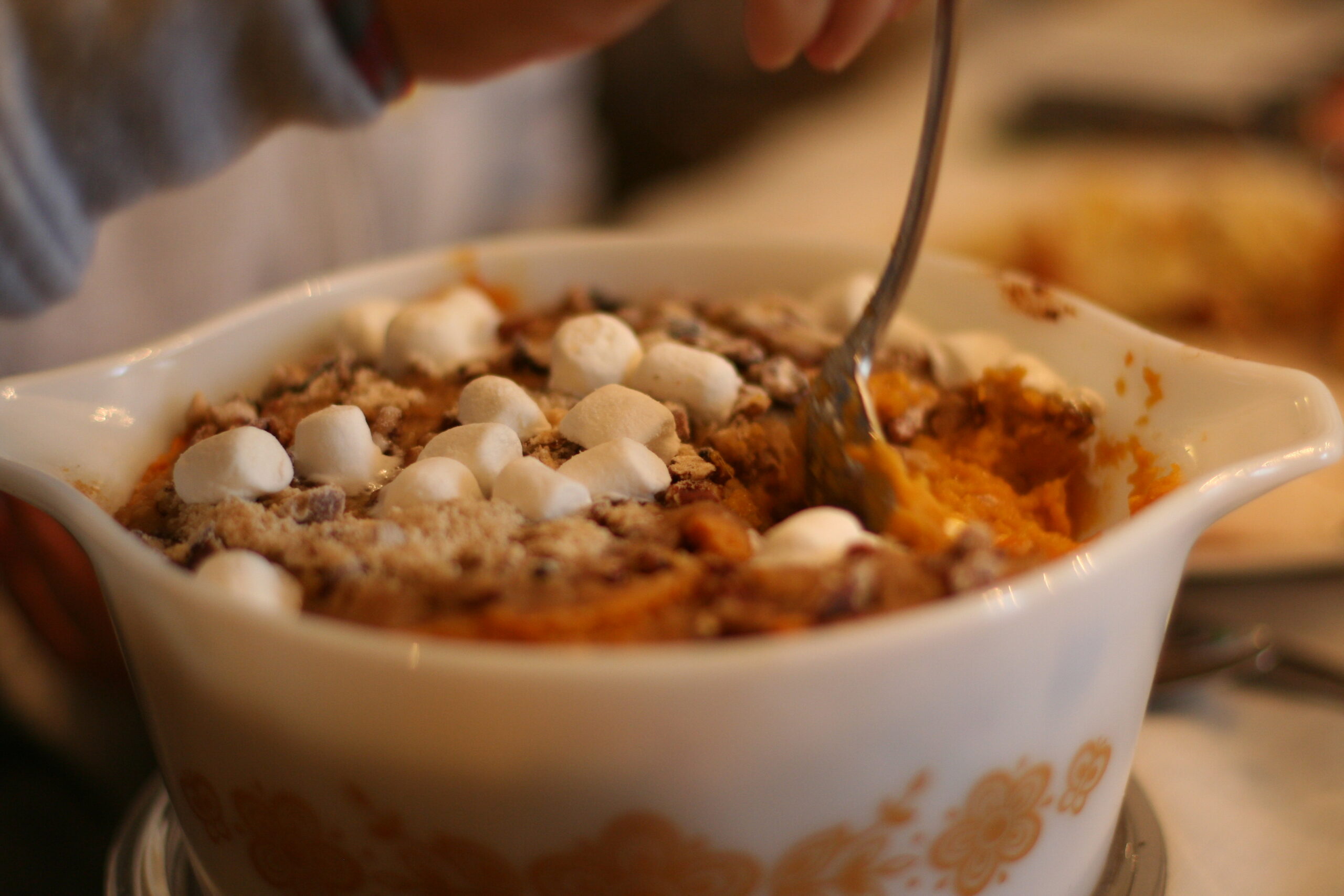
This classic combo owes its creation to two culinary innovations that occurred in the 1800s. When Thanksgiving became a national holiday in 1863, the Northerners were discovering the South’s sweet potato. Around the same time, the French invented marshmallows, which at first were time-consuming treats to create and difficult to mass produce. Yet, in 1917 the Angelus Marshmallows Company figured out how to pump out tons of the pillowy fluff. So the company distributed a cookbook filled with recipes on how to incorporate marshmallows into everyday dishes so their product wouldn't flop and viola! the classic, and capitalistic, pairing was born.
Stuffing
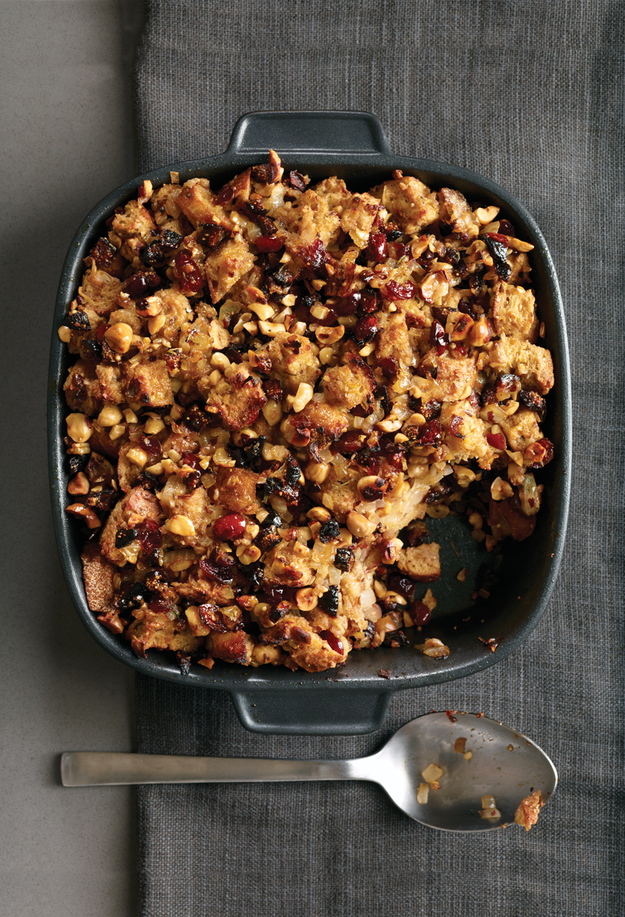
Americans have always stuffed their turkeys. But the original dressing wasn’t Stove Top, or anything resembling the breaded treat—it was actually oysters! The shellfish was ample back in America’s early days and was used as stuffing to stretch out pricier poultry. No one is quite sure how stuffing became the carb-y delight we expect on Thanksgiving (through some recipes for this oyster stuffing included breadcrumbs,) but there is one theory. Some sources believe that the dish was developed when cooks began to take their abundance of leftovers from other meals, like mashed potatoes and stale bread, and mixed them together to create a casserole to accompany the bird on the big day. Talk about American ingenuity!
Pumpkin Pie
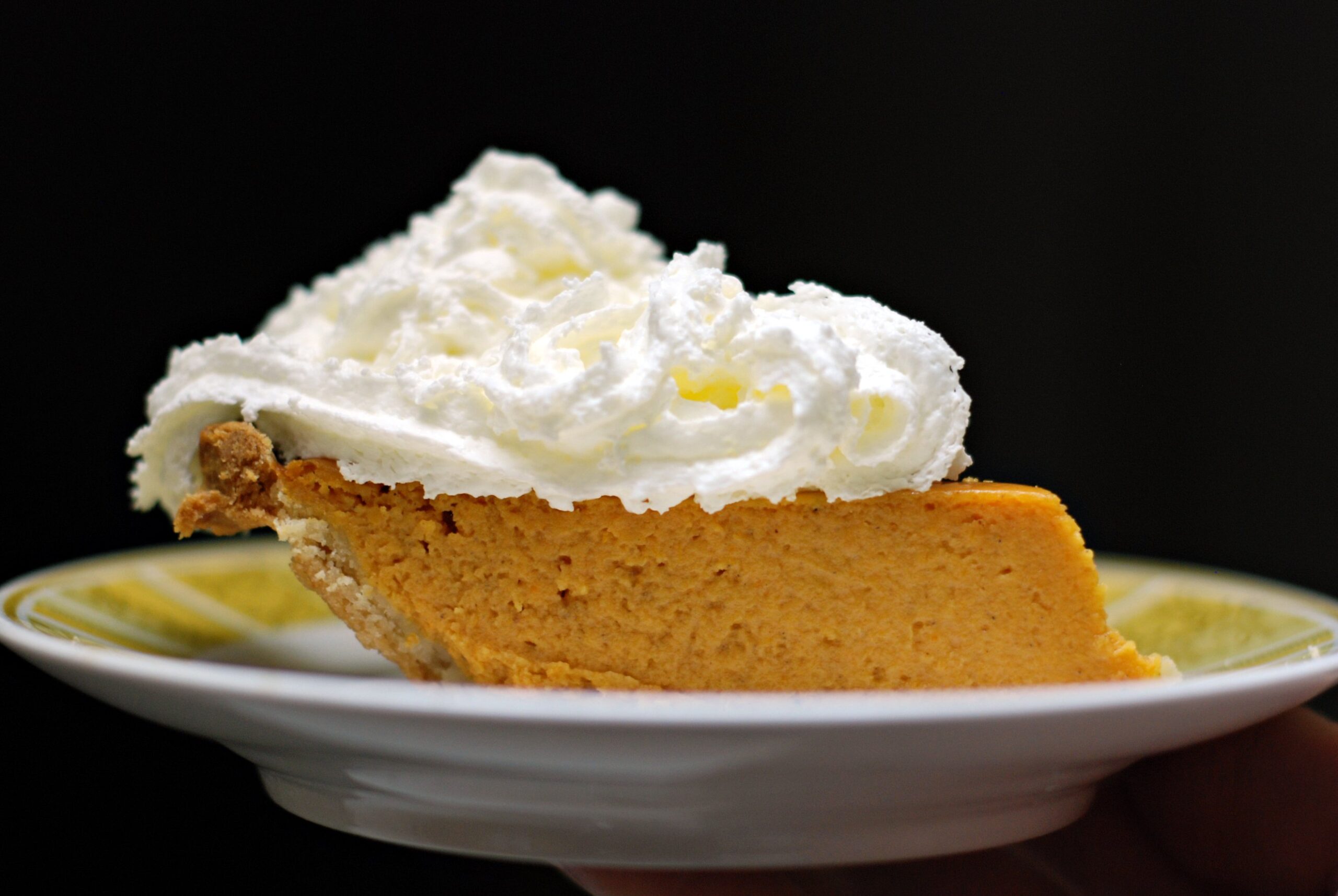
The pilgrims didn’t cap their meal off with a heaping slice of pumpkin pie during the first Thanksgiving either. Sugar (see cranberry sauce) and flour were luxury items, so creating a crust or sweet filling was out of the question. But coal-roasted pumpkin was possibly served, being that it is native to the New World and had been introduced to Europe as early as the 1500s. Not to mention that pies were prevalent in English culture (think: meat pies), so pumpkin pie’s inclusion in the holiday was certainly inevitable, becoming a staple as early as the 1800s.
Please SHARE these fun facts with your family and friends!!




